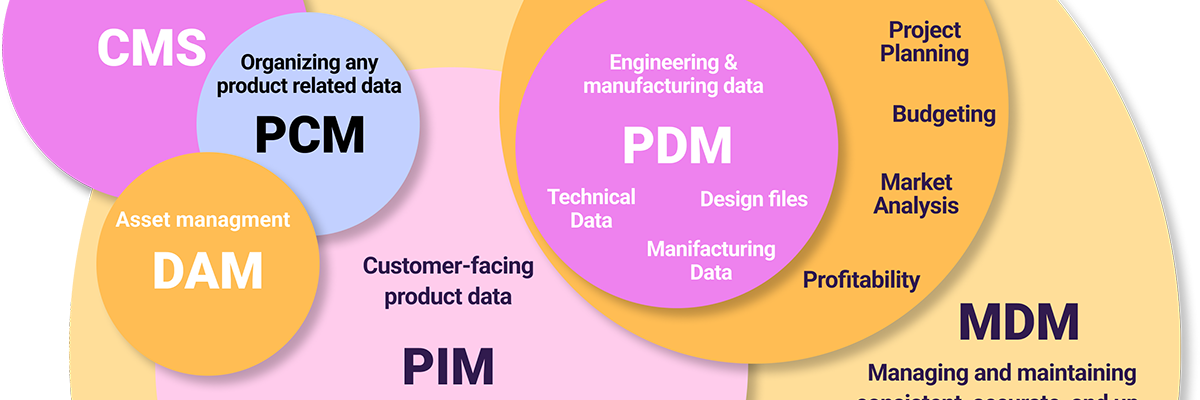Digital Asset Management (DAM) vs. Content Management (CMS)
Digital Asset Management (DAM) and Content Management Systems (CMS) are both valuable tools for managing an organization's digital resources, but they serve different purposes and offer different capabilities.
Understanding the distinctions between these two systems is crucial for determining which tool (or potentially both) is most appropriate for a given organization's needs.
Digital Asset Management (DAM) systems focus on storing, organizing, retrieving, and sharing digital assets. These digital assets can include a variety of formats, such as images, videos, audio files, presentations, design files, and more. A DAM system typically includes features for cataloging assets with metadata, managing asset versions, controlling access and permissions, and integrating with other systems.
On the other hand, Content Management Systems (CMS) primarily deal with creating, managing, and publishing content, often (but not exclusively) for web-based environments. A CMS can handle various types of content, such as text, embedded graphics, photos, video, audio, and code. It provides tools for creating and editing content, managing workflows, and publishing content on websites or other platforms.
📑Managing Product Data, Customer Data and Tools You May Need Infographic.
What is PIM, and how different is it from other similar tools? We’ve tried to clear up the acronym confusion in eCommerce with the following infographic that provides you with a visual comparison of all relevant terms. Individual posts dig deeper into each term and the concept behind it.
📝READ WHAT IS PIM AND DOWNLOAD THE INFOGRAPHIC FOR FREE FROM HERE

While there is some overlap between DAM and CMS systems, they each serve unique purposes. A DAM is focused on organizing, storing, retrieving, and sharing various digital assets. In contrast, a CMS is geared towards managing the content lifecycle, particularly for web publications. The choice between these systems (or the decision to integrate both) will depend on an organization's specific needs.